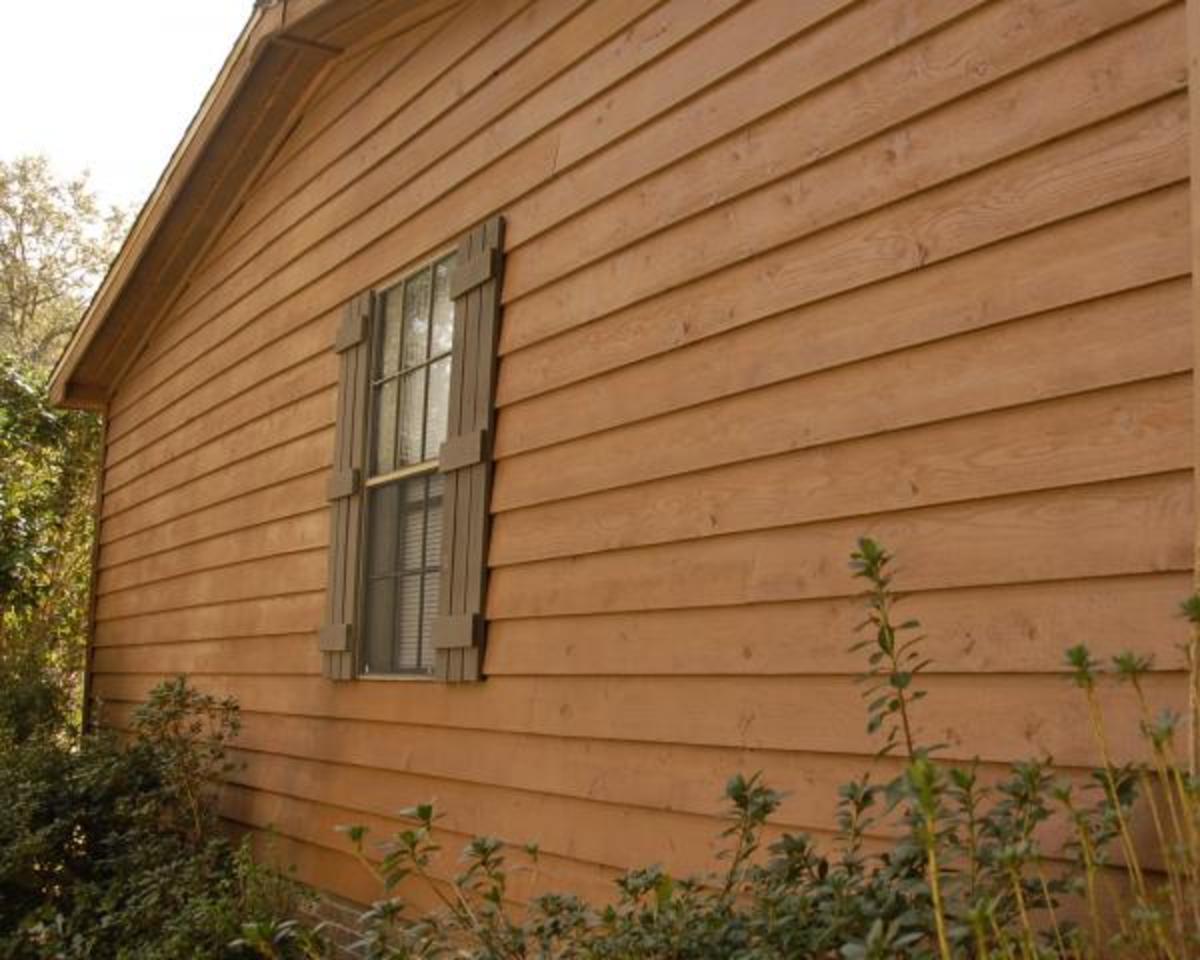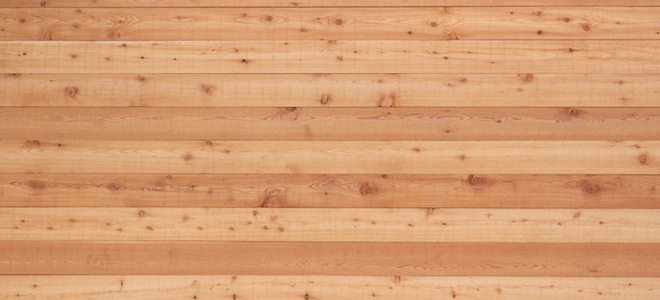Back Priming Cedar Siding

A primer with a paint top coat will have a significantly longer service life than will a single coat of paint or even a solid stain.
Back priming cedar siding. Without a primer tannins from within the cedar mix with moisture and seep to the wood s surface naturally staining and discoloring the surface. Where is the trapped moisture coming from. This is called extractive bleeding a naturally occurring process that does not affect western red cedar s properties. When back priming be sure to prime the ends of each piece after it has been cut to fit since end grain will absorb the most moisture.
Regardless of vapor barriers they don t help the siding itself. Priming western red cedar helps the wood s natural properties stay put. What that means is that you can put primer on the cedar siding but brown stains will come through. Importance of back priming when installing wood siding.
Backpriming prevents rotting by sealing the rear side of the wood that is exposed to all the moisture coming out of vapor barriers. The only way to block the tannins in the cedar siding is to use an oil primer. Although intended primarily for restoring horizontal wood surfaces such as decks these products generally work almost as well on vertical surfaces. You have to use oil primers on cedar siding.
It is strongly recommended that you go with the two coat system for protecting your cedar siding. Back priming is the best way to treat any exterior wood. Back priming natural wood siding helps control rotting mold build up cupping and movement in the wood ultimately giving your siding and your stain finish more longevity. Uncoated weathered western red cedar siding or trim can often be restored to its original color by applying commercial products called cleaners brighteners or restorers.
These are tannins from cedar wood leaking through a water based primer. Back priming helps prevent paint from peeling by reducing the amount of water vapor that passes through the wood. Back priming consists of applying a coat of primer to the reverse side and edges of boards before installing. Prime all sides and end grains or cuts before installation.
It occurs either when heated or air conditioned air from the house radiates out and meets the cold or hot outside air.














































